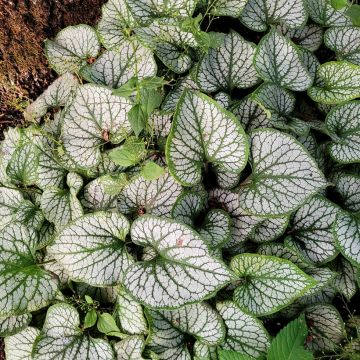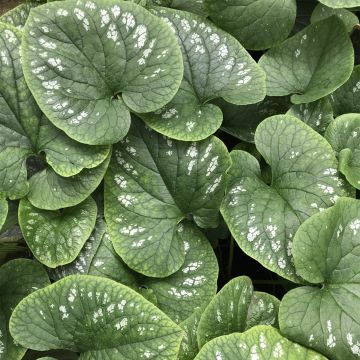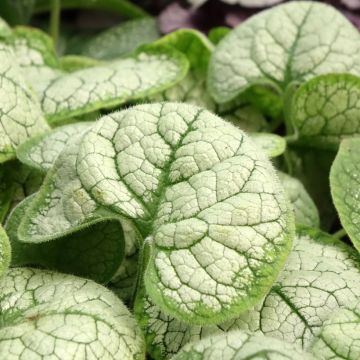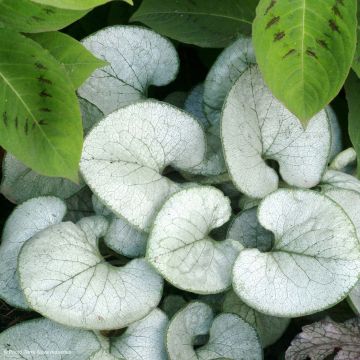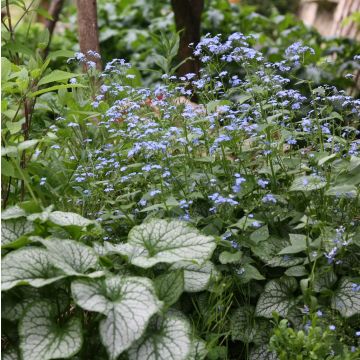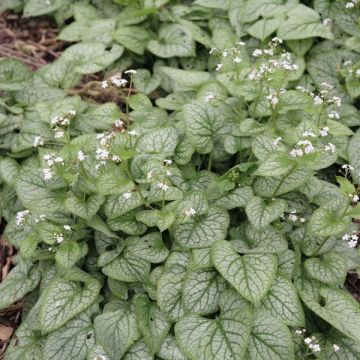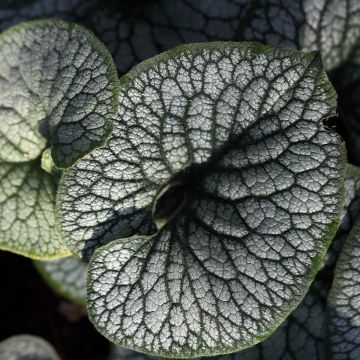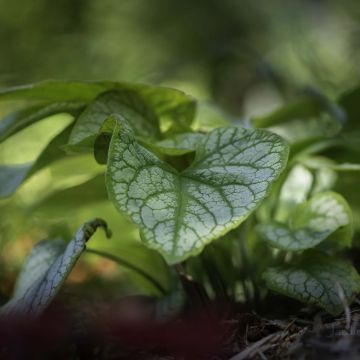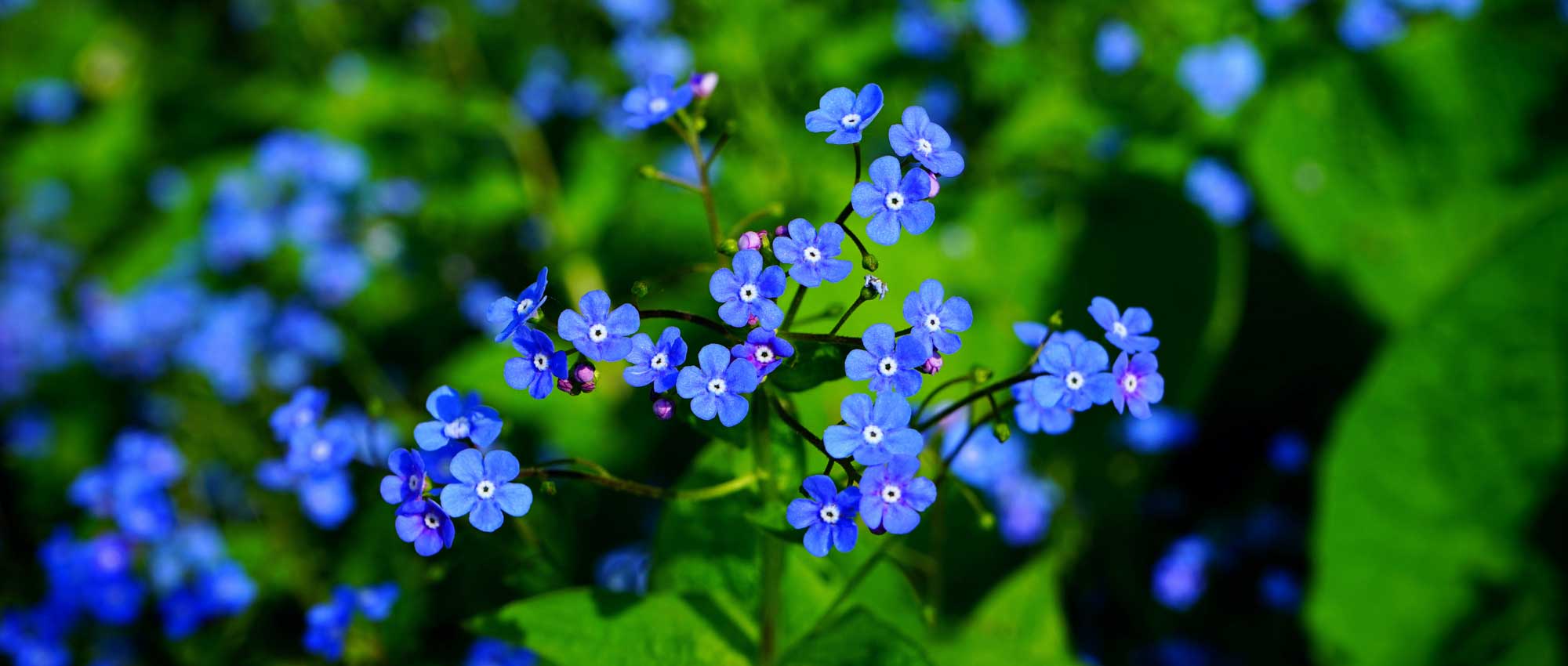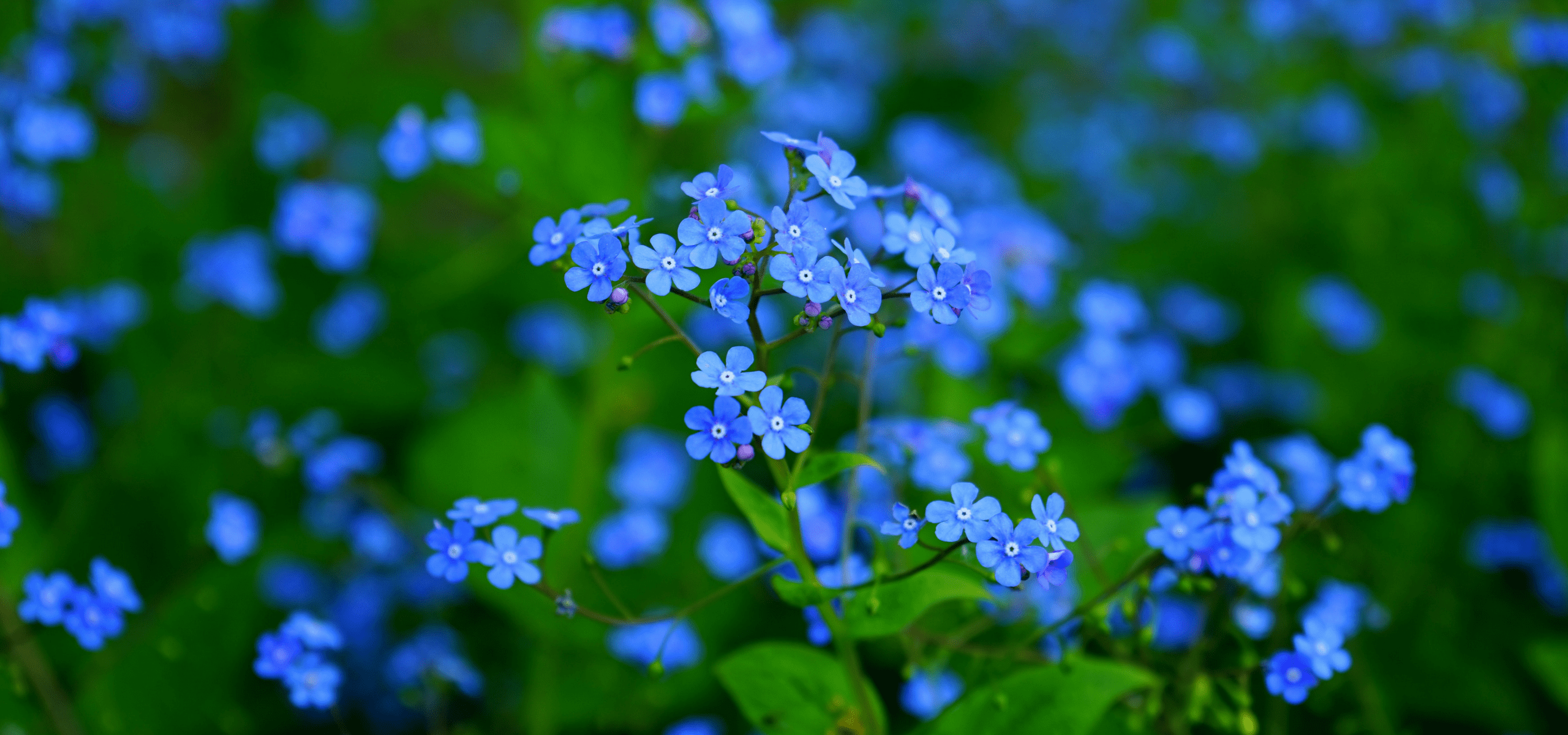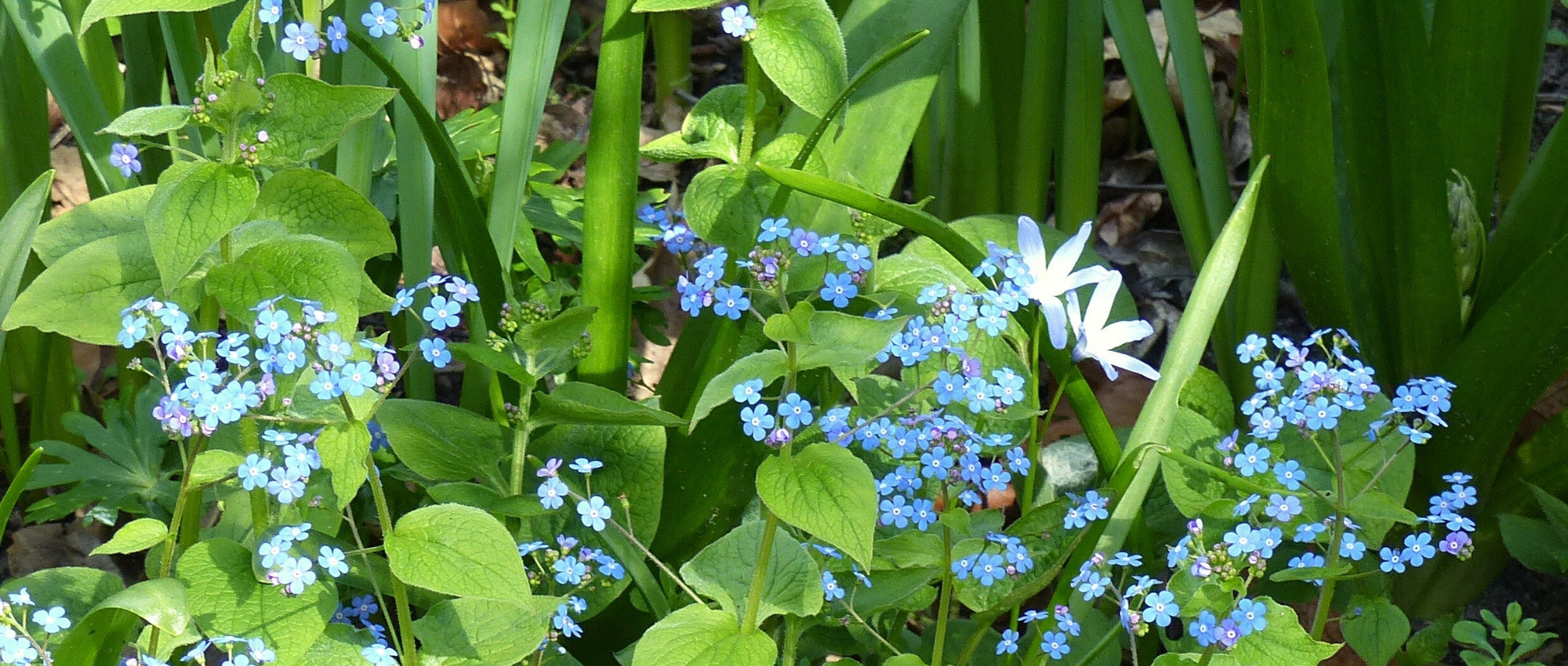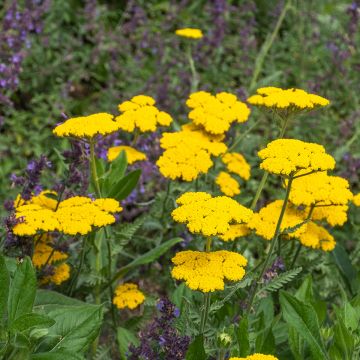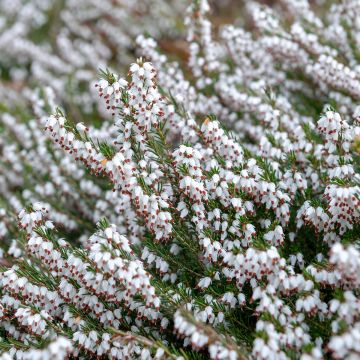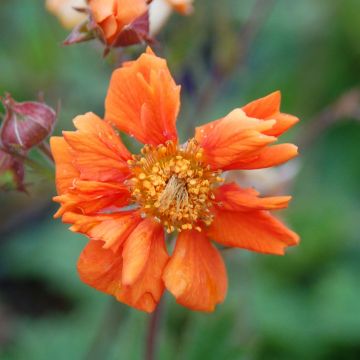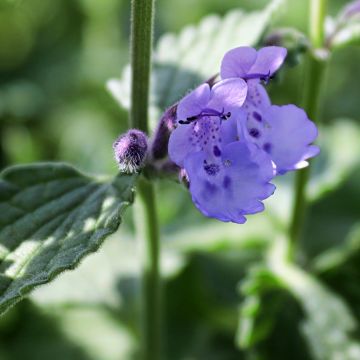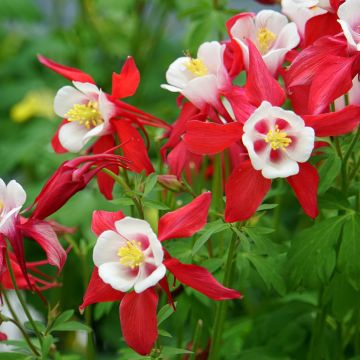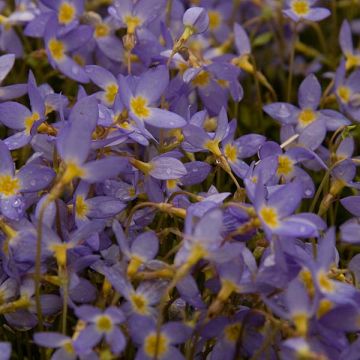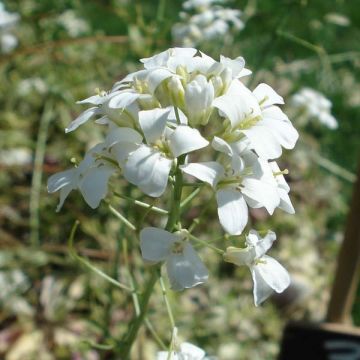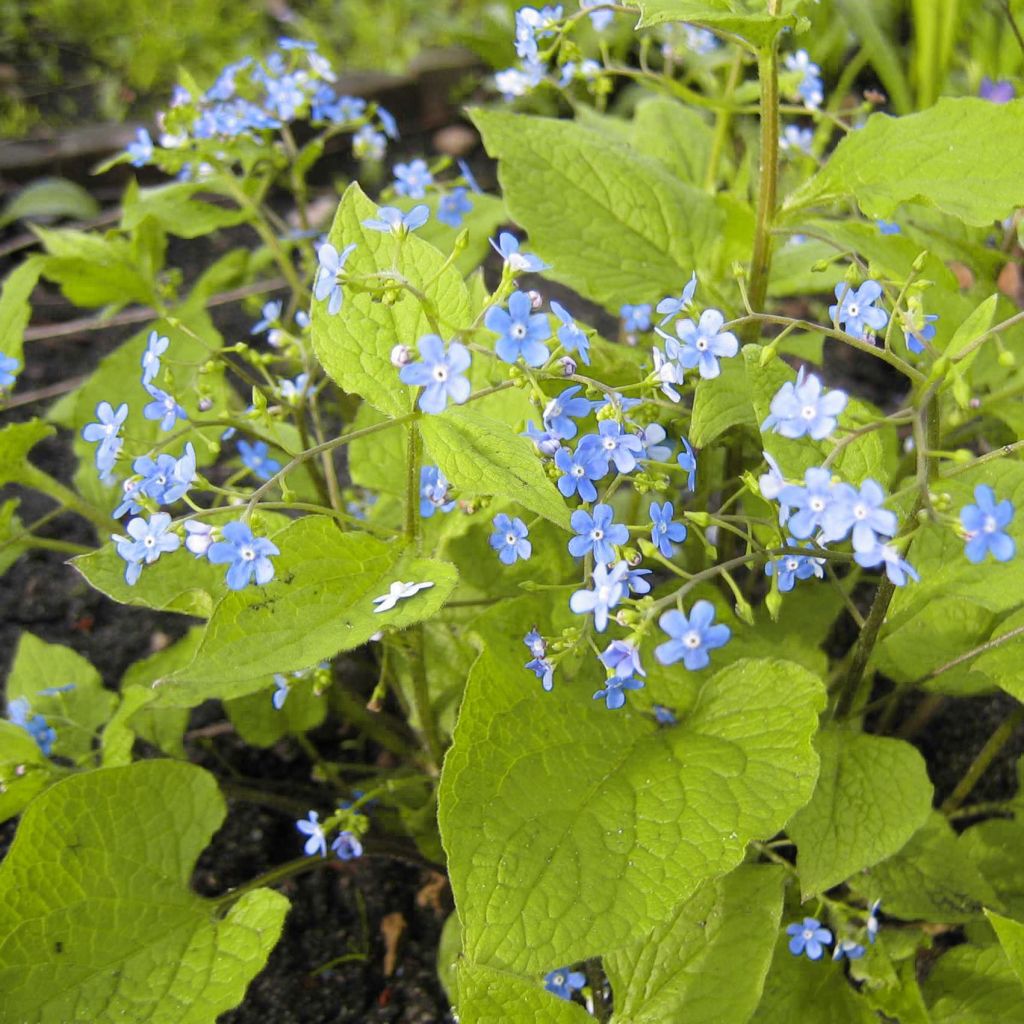

Brunnera macrophylla Green Gold - Siberian Bugloss
Brunnera macrophylla Green Gold - Siberian Bugloss
Brunnera macrophylla Green Gold
Siberian bugloss, Great Forget-me-not
Special offer!
Receive a €20 voucher for any order over €90 (excluding delivery costs, credit notes, and plastic-free options)!
1- Add your favorite plants to your cart.
2- Once you have reached €90, confirm your order (you can even choose the delivery date!).
3- As soon as your order is shipped, you will receive an email containing your voucher code, valid for 3 months (90 days).
Your voucher is unique and can only be used once, for any order with a minimum value of €20, excluding delivery costs.
Can be combined with other current offers, non-divisible and non-refundable.
Why not try an alternative variety in stock?
View all →This plant carries a 12 months recovery warranty
More information
We guarantee the quality of our plants for a full growing cycle, and will replace at our expense any plant that fails to recover under normal climatic and planting conditions.
Would this plant suit my garden?
Set up your Plantfit profile →
Description
Brunnera macrophylla 'Green Gold', also known as Great Forget-me-not, is a new variety with truly luminous foliage, making it a real gem for shaded areas of the garden. Its lime-green foliage with golden hues remains attractive from spring until the frosts come, and is covered for two to three months with clusters of blue flowers, as delicate as forget-me-nots. The display is a very beautiful combination of complementary colours. It is a deciduous perennial groundcover, easy to grow and as long as the soil is not too dry in summer. It spreads slowly but surely, and naturalises easily in woodland areas.
Brunnera macrophylla, also known as Siberian Bugloss, is a perennial belonging to the Boraginaceae family, just like forget-me-nots and common borage. It grows in forests in Eastern Europe and Northwestern Asia, in humus-rich soils. It is cultivated for its delicate flowers reminiscent of forget-me-nots and its ground-cover habit that forms a thick mat of deciduous foliage.
The 'Green Gold' variety stands out for the magnificent colour of its foliage, a bright pale green with wide yellow markings, with excellent resistance even in slightly dry shade. In April-May, numerous small blue flowers appear on frail peduncles on stems reaching a height of 20 cm (8in), and are gathered in panicles (conical clusters). If the first flowers are removed when they fade, there may be a second bloom in autumn. At maturity, this brunnera will reach 30 cm (12in) in height when in flower and 30-40 cm (12-16in) in width. The foliage forms a generous mound of heart-shaped, slightly hairy leaves, with a final size of 10 to 15 cm (4 to 6in) in length. The clumps spread very slowly through their rhizomatous roots and self-seed quite easily, but these are not always true to the parent plant.
Fairly hardy, to -12°C (10.4°F), the 'Green Gold' Siberian forget-me-not is a delightful worry-free groundcover, to be planted under deciduous trees and bushes. Its foliage brightens up shaded areas in an exceptional way, and is very decorative in pots and shaded containers. It is also a good border plant that works wonders in wild gardens or fairly loose perennial beds; dead nettles, hostas, coral bells, bleeding hearts, spurge, or columbines. It pairs well with spring-flowering bulbs, especially tulips, in semi-shade of course.
Brunnera macrophylla Green Gold - Siberian Bugloss in pictures
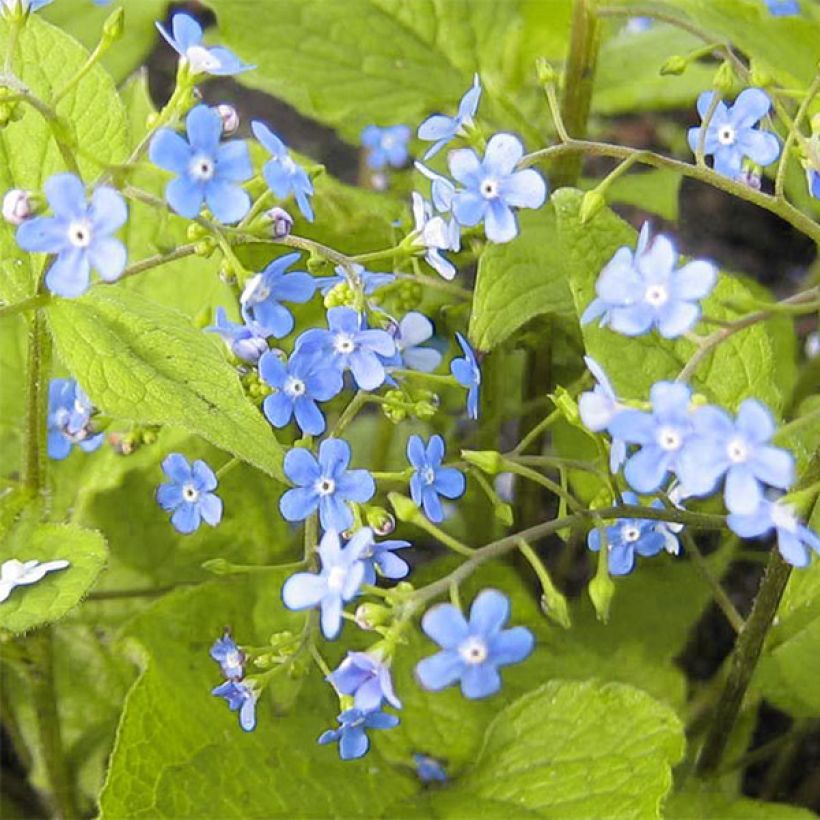

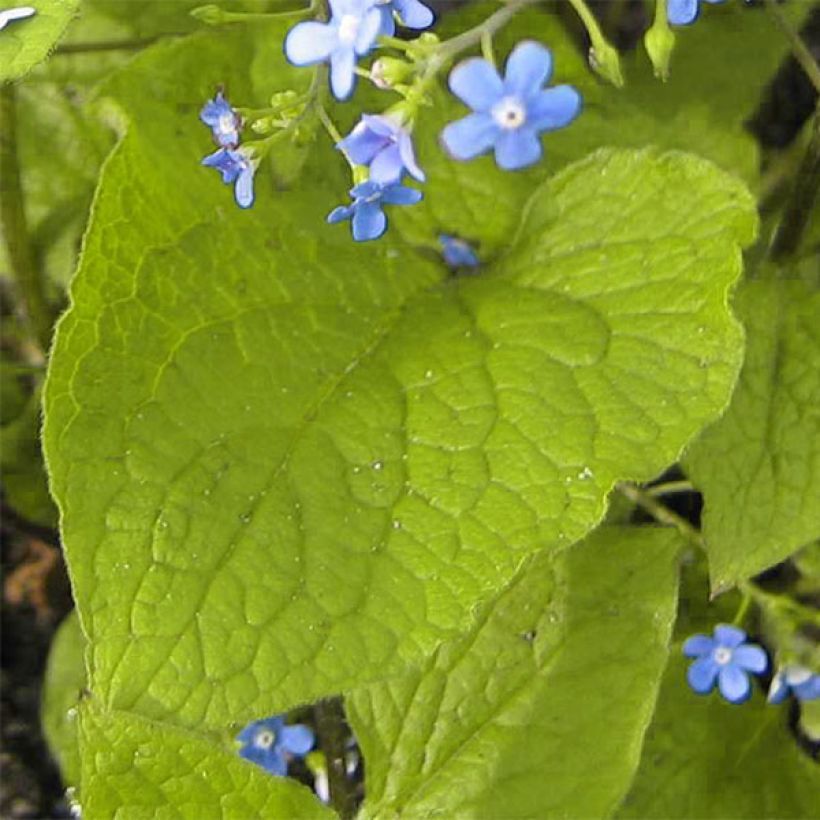

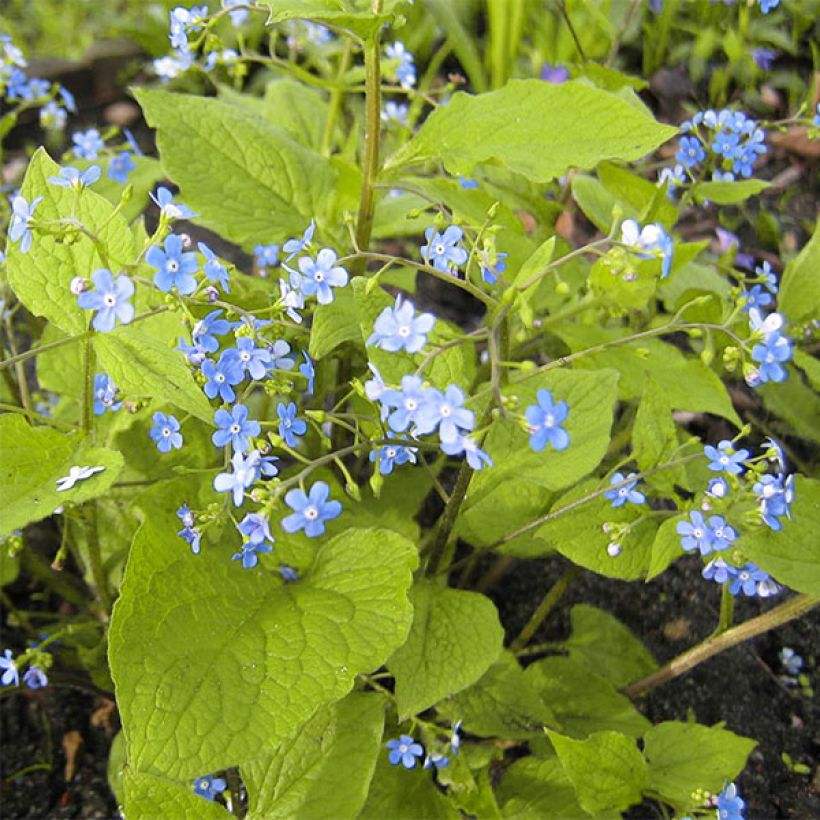

Flowering
Foliage
Plant habit
Botanical data
Brunnera
macrophylla
Green Gold
Boraginaceae
Siberian bugloss, Great Forget-me-not
Cultivar or hybrid
Other Brunnera - Siberian Bugloss
View all →Planting and care
Plant Brunnera macrophylla in moist, humus-rich and well-drained soil. Place it in dappled sunlight or partial shade. Shelter it from excessive sunlight and protect it from strong winds. Brunnera is resistant to most diseases and parasites. This perennial needs time to grow and become spectacular. New foliage appears in March-April, just before flowering, and then the leaves grow larger.
This plant offers 2 to 3 months of flowers, and a small second flowering in autumn if it is watered during the hottest months. After spring flowering, remove faded flower stems so that the foliage remains dense. If you want the plant to self-seed, allow a few flowers to produce seeds. In autumn, leave the blackened and dried foliage in place. It will provide the plant with protection against winter cold.
Planting period
Intended location
Care
Planting & care advice
This item has not been reviewed yet - be the first to leave a review about it.
Similar products
Haven't found what you were looking for?
Hardiness is the lowest winter temperature a plant can endure without suffering serious damage or even dying. However, hardiness is affected by location (a sheltered area, such as a patio), protection (winter cover) and soil type (hardiness is improved by well-drained soil).

Photo Sharing Terms & Conditions
In order to encourage gardeners to interact and share their experiences, Promesse de fleurs offers various media enabling content to be uploaded onto its Site - in particular via the ‘Photo sharing’ module.
The User agrees to refrain from:
- Posting any content that is illegal, prejudicial, insulting, racist, inciteful to hatred, revisionist, contrary to public decency, that infringes on privacy or on the privacy rights of third parties, in particular the publicity rights of persons and goods, intellectual property rights, or the right to privacy.
- Submitting content on behalf of a third party;
- Impersonate the identity of a third party and/or publish any personal information about a third party;
In general, the User undertakes to refrain from any unethical behaviour.
All Content (in particular text, comments, files, images, photos, videos, creative works, etc.), which may be subject to property or intellectual property rights, image or other private rights, shall remain the property of the User, subject to the limited rights granted by the terms of the licence granted by Promesse de fleurs as stated below. Users are at liberty to publish or not to publish such Content on the Site, notably via the ‘Photo Sharing’ facility, and accept that this Content shall be made public and freely accessible, notably on the Internet.
Users further acknowledge, undertake to have ,and guarantee that they hold all necessary rights and permissions to publish such material on the Site, in particular with regard to the legislation in force pertaining to any privacy, property, intellectual property, image, or contractual rights, or rights of any other nature. By publishing such Content on the Site, Users acknowledge accepting full liability as publishers of the Content within the meaning of the law, and grant Promesse de fleurs, free of charge, an inclusive, worldwide licence for the said Content for the entire duration of its publication, including all reproduction, representation, up/downloading, displaying, performing, transmission, and storage rights.
Users also grant permission for their name to be linked to the Content and accept that this link may not always be made available.
By engaging in posting material, Users consent to their Content becoming automatically accessible on the Internet, in particular on other sites and/or blogs and/or web pages of the Promesse de fleurs site, including in particular social pages and the Promesse de fleurs catalogue.
Users may secure the removal of entrusted content free of charge by issuing a simple request via our contact form.
The flowering period indicated on our website applies to countries and regions located in USDA zone 8 (France, the United Kingdom, Ireland, the Netherlands, etc.)
It will vary according to where you live:
- In zones 9 to 10 (Italy, Spain, Greece, etc.), flowering will occur about 2 to 4 weeks earlier.
- In zones 6 to 7 (Germany, Poland, Slovenia, and lower mountainous regions), flowering will be delayed by 2 to 3 weeks.
- In zone 5 (Central Europe, Scandinavia), blooming will be delayed by 3 to 5 weeks.
In temperate climates, pruning of spring-flowering shrubs (forsythia, spireas, etc.) should be done just after flowering.
Pruning of summer-flowering shrubs (Indian Lilac, Perovskia, etc.) can be done in winter or spring.
In cold regions as well as with frost-sensitive plants, avoid pruning too early when severe frosts may still occur.
The planting period indicated on our website applies to countries and regions located in USDA zone 8 (France, United Kingdom, Ireland, Netherlands).
It will vary according to where you live:
- In Mediterranean zones (Marseille, Madrid, Milan, etc.), autumn and winter are the best planting periods.
- In continental zones (Strasbourg, Munich, Vienna, etc.), delay planting by 2 to 3 weeks in spring and bring it forward by 2 to 4 weeks in autumn.
- In mountainous regions (the Alps, Pyrenees, Carpathians, etc.), it is best to plant in late spring (May-June) or late summer (August-September).
The harvesting period indicated on our website applies to countries and regions in USDA zone 8 (France, England, Ireland, the Netherlands).
In colder areas (Scandinavia, Poland, Austria...) fruit and vegetable harvests are likely to be delayed by 3-4 weeks.
In warmer areas (Italy, Spain, Greece, etc.), harvesting will probably take place earlier, depending on weather conditions.
The sowing periods indicated on our website apply to countries and regions within USDA Zone 8 (France, UK, Ireland, Netherlands).
In colder areas (Scandinavia, Poland, Austria...), delay any outdoor sowing by 3-4 weeks, or sow under glass.
In warmer climes (Italy, Spain, Greece, etc.), bring outdoor sowing forward by a few weeks.
































